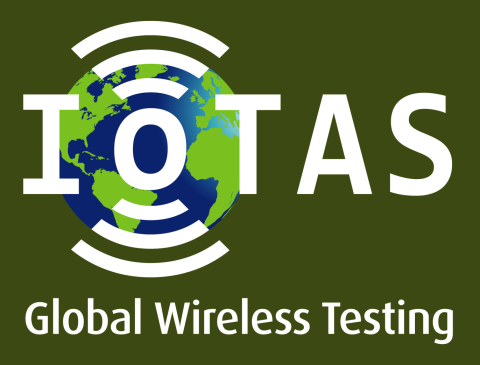
Wireless networking is experiencing a period of exciting change with the development of new generations - from 5G to 6G, WiFi 6 and 7 - offering new use cases and business cases
Alongside this, broader trends include higher THz frequencies, LiFi and beyond, as well as the increasing role of Artificial Intelligence, small cells and disaggregation of networks, from 5G Service-Based Architectures to Open RAN.
The UK has a strong presence in wireless networking, from large established mobile network operators to exciting organisations taking advantage of the shift towards open networks.

Following a career in wireless technology in industry, academia, regulation and policy I'm well aware of both the world-class potential and the challenges faced today by the UK wireless technology researchers and companies. It's therefore a real privilege to be chairing the UKTIN wireless technology expert working group to build on the strengths and mitigate the challenges to help restore UK wireless technology capability and to reconnect a vibrant and internationally-connected wireless telecoms ecosystem.”
SIMON SAUNDERS
- Trend to higher frequencies
- AI and automation
- 6G and associated themes
- Spectrum management
- Standards
MVNOs WORLD 2025
It was incredible to welcome both familiar faces and new connections from 55+ countries across 6 continents, with 500+ attendees coming together, including 300+ MNOs & MVNOs, to exchange ideas, discuss challenges, and explore the future of MVN











